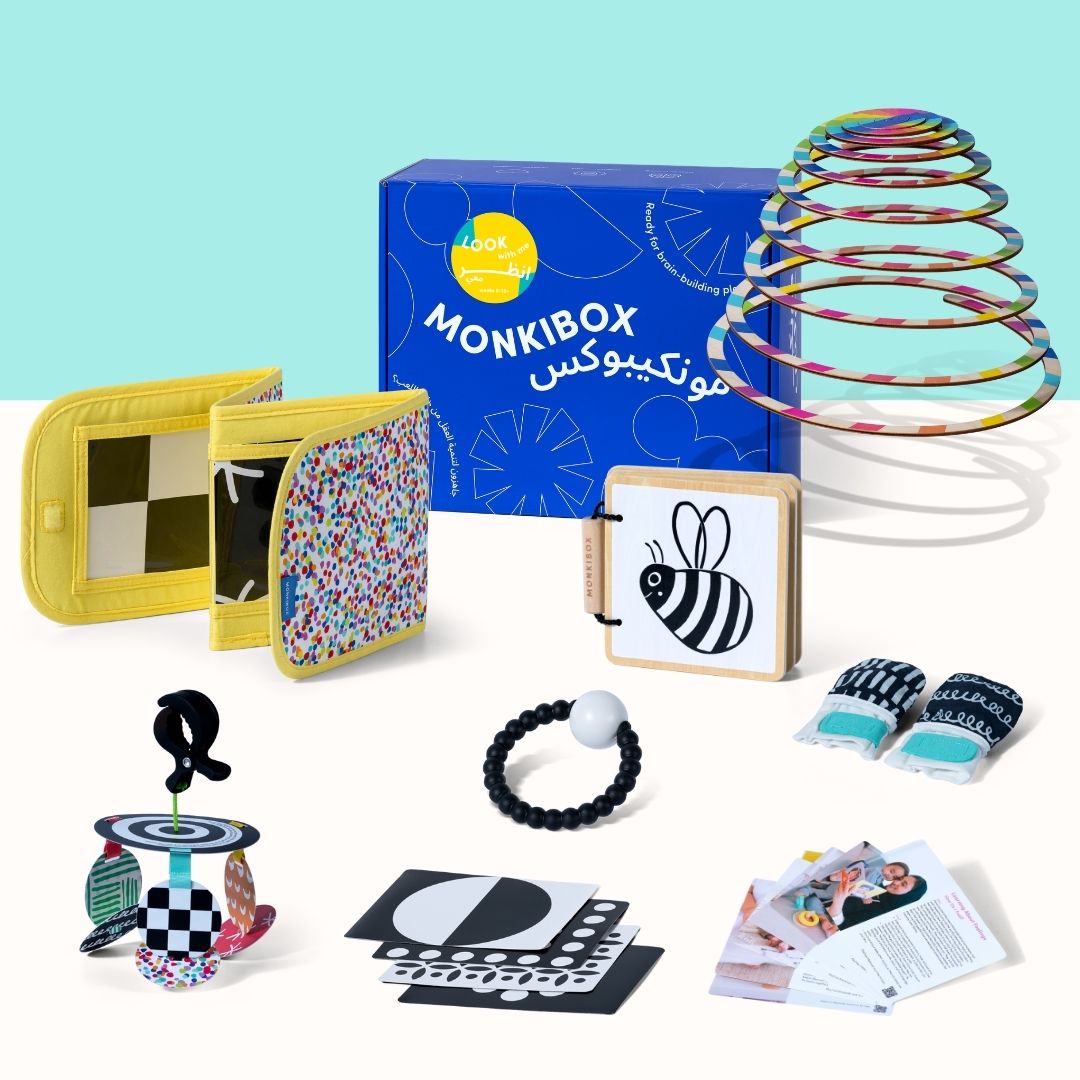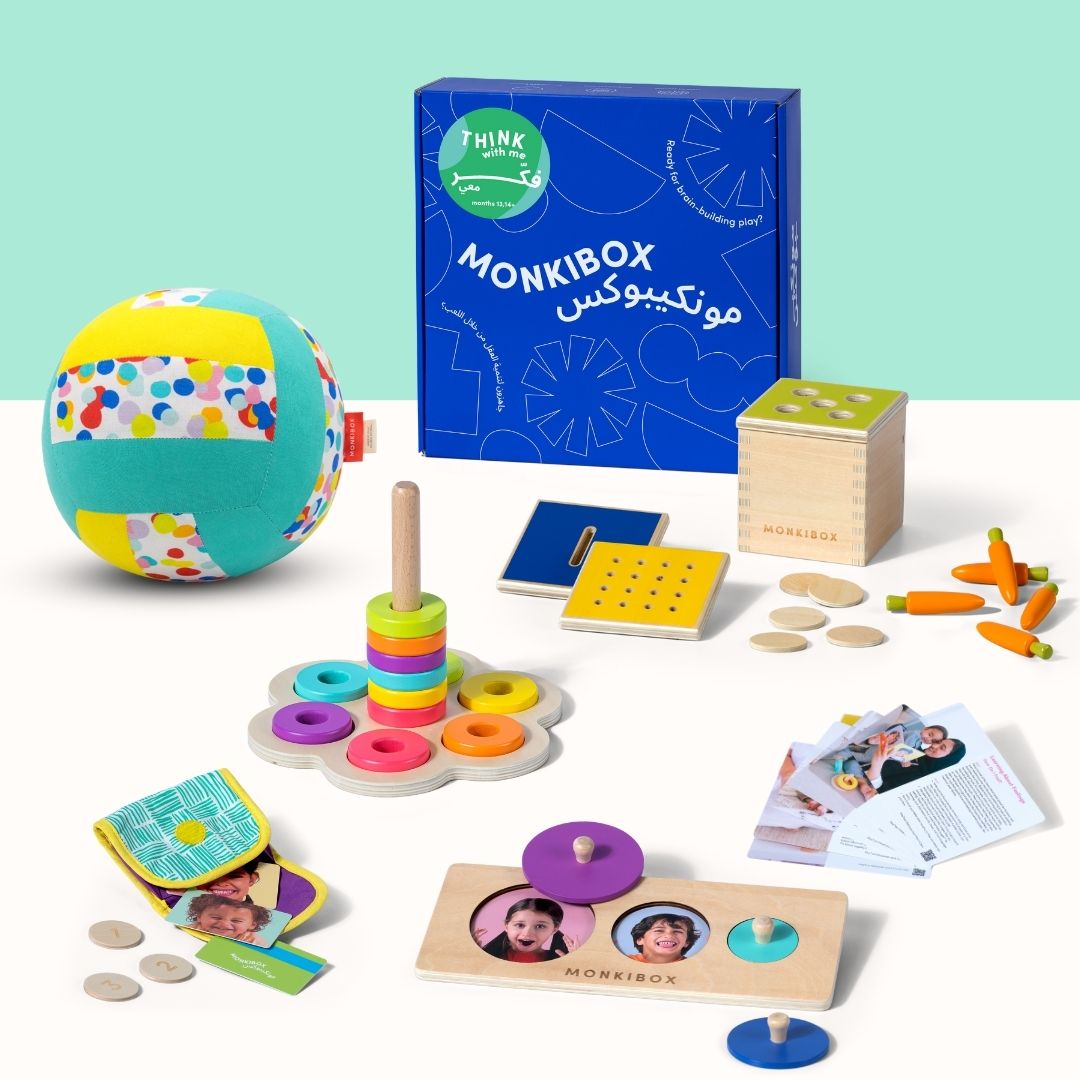يشتهر الأطفال الصغار بقول "لا" أثناء استكشافهم لاستقلاليتهم. قد يكون هذا الأمر محبطًا للآباء، إلا أنه من الضروري إدراك أن هذا السلوك جزء طبيعي من نموهم. بتعلم كيفية التعامل مع هذه المرحلة، يمكنك مساعدة طفلك على التعبير عن نفسه مع الحفاظ على بيئة إيجابية وداعمة.
1. تقديم الخيارات
بدلًا من طرح أسئلة بنعم أو لا، قدّم خيارات. على سبيل المثال، بدلًا من قول: "هل تريد ارتداء ملابسك؟" جرّب: "هل ترغب بارتداء القميص الأحمر أم الأزرق؟" هذا يمنح طفلك الصغير شعورًا بالسيطرة ويقلل من احتمالية الإجابة بـ "لا" تلقائيًا.
2. استخدم لغة إيجابية
صِغ طلباتك بطريقة إيجابية. بدلًا من قول "لا تركض"، جرّب قول "لندخل". يُركّز هذا الأسلوب على ما تريد من طفلك فعله، بدلًا مما لا ينبغي عليه فعله، مما قد يكون أكثر فعالية في توجيه سلوكه.
3. حدد توقعات واضحة
وضع قواعد واضحة ومتسقة يُساعد طفلك على فهم ما هو متوقع منه. عندما يعرف الحدود، يقل احتمال قول "لا" لمجرد اختبارها. الاتساق هو الأساس، لذا حاول الحفاظ على نفس القواعد في مختلف المواقف.
4. اعترف بالمشاعر
تعرّف على مشاعر طفلك الصغير وتقبلها عندما يقول "لا". على سبيل المثال، "أرى أنك لا تريد ارتداء حذائك الآن. لا بأس أن تشعر بذلك". هذا يُظهر له أن مشاعره مفهومة ومحترمة، مما يجعله أكثر تعاونًا.
5. كن صبورًا
تذكر أن قول "لا" وسيلةٌ للأطفال الصغار لتأكيد استقلاليتهم. إنه جزءٌ طبيعيٌّ من نموهم، وبالصبر سيتعلمون التعبير عن أنفسهم بطرقٍ أكثر إيجابية. حاول أن تحافظ على هدوئك وداعمًا لهم، حتى عندما يكون رفضهم مُحبطًا.
قد يكون التعامل مع استخدام طفلكِ المتكرر لكلمة "لا" أمرًا صعبًا، ولكنه أيضًا فرصة لتعليمه كيفية التعبير عن نفسه بإيجابية. من خلال تقديم خيارات، واستخدام لغة إيجابية، وتحديد توقعات واضحة، يمكنكِ مساعدة طفلكِ على تجاوز هذه المرحلة بصبر وتفهم. تذكري أن هذه مجرد خطوة واحدة في رحلته نحو الاستقلال، وبدعمكِ، سيتعلم التعبير عن احتياجاته بفعالية أكبر.





